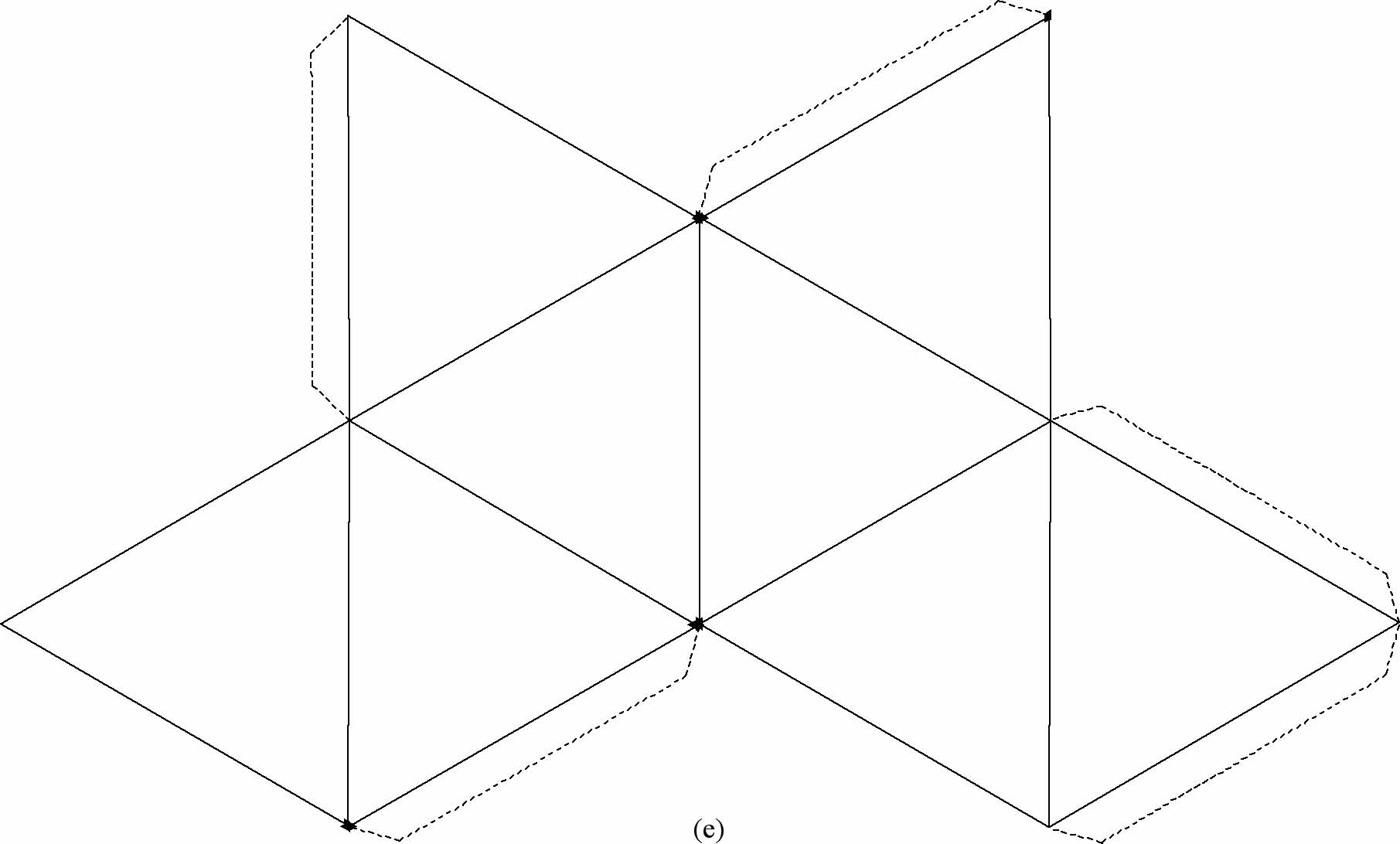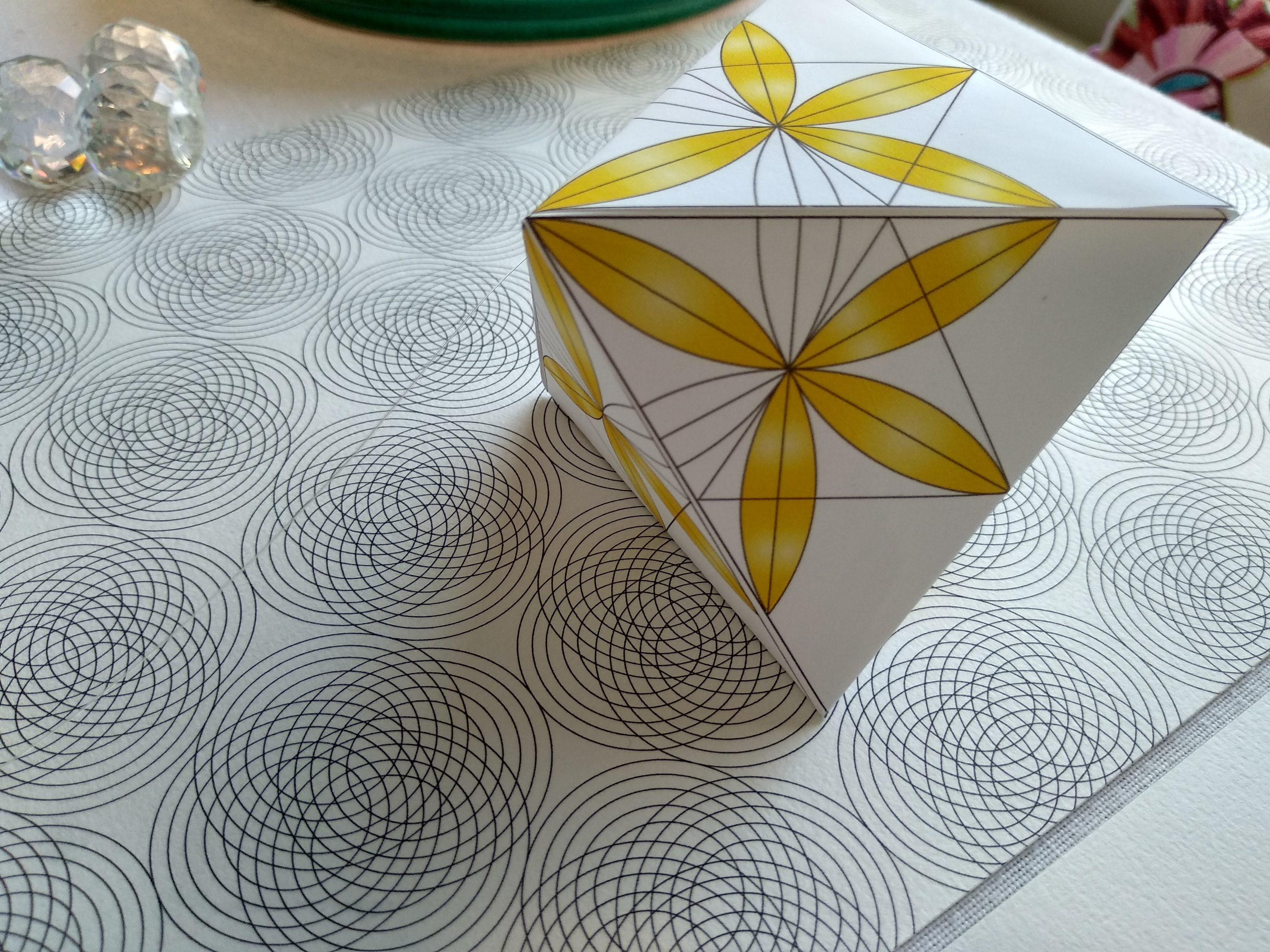

We further introduce a symmetry-constrained genetic algorithm that significantly improves the efficiency and viability of the algorithm for realistic size nanoalloys. Here we describe the construction of a neural network potential intended for rapid and accurate energy predictions of Pt-Ni nanoalloys of various sizes, shapes, and compositions. However, the algorithm suffers from three significant limitations: the efficiency and accuracy of the energy evaluator and the algorithm’s efficiency. The genetic algorithm is a popular global optimization method that can efficiently search for the ground-state nanoalloy structure. The structural stability of nanoalloys is a challenging research subject due to the complexity of size, shape, composition, and chemical ordering. Thus, the useful catalysts are likely to be multi-component and multi-functional. Despite the stabilization of carbons, doping with heteroatoms, such as sulfur, nitrogen, phosphorus, and boron results in the formation of catalytically active centers. The catalytic efficiency depends on geometric (decrease in Pt–Pt bond distances) and electronic (increase in d-electron vacancy in Pt) factors, in addition to possible metal–support interactions and interfacial structural changes affecting adsorption and activation of O2-molecules. PtM alloys or M-core/Pt-shell nanostructures, where M stands for certain transition metals (e.g., Au, Co, Cu, Ni, and Fe), can be considered.


Alternatively, the Pt-based bi- and multi-metallic catalysts, including Porosity of carbon supports facilitates dispersion and stability of Pt nanoparticles. Hybrid supports, which utilize metal oxides (e.g., CeO2, WO3, Ta2O5, Nb2O5, and ZrO2), stabilize Pt and carbon nanostructures and diminish their corrosion while exhibiting high activity toward the fourelectron (most efficient) reduction in oxygen. However, then O2-reduction often proceeds at a less positive potential, and produces higher amounts of undesirable H2O2-intermediate. Due to the high cost of platinum, there is a need to significantly lower its loadings at interfaces. Importance to the technology of low-temperature fuel cells. Platinum is a main catalyst for the electroreduction of oxygen, a reaction of primary Our results also show that the mass activities of these carbon-supported Pt(3)Ni nanoparticle catalysts strongly depend on the (111) surface fraction, which validates the results of studies based on Pt(3)Ni extended-single-crystal surfaces, suggesting that further development of catalysts with still higher mass activities is highly plausible. The mass activity reached 0.53 A/mg(Pt) at 0.9 V, which is close to a factor of 4 increase in mass activity, the threshold value that allows fuel-cell power trains to become cost-competitive with their internal-combustion counterparts. These Pt(3)Ni catalysts can have an area-specific activity as high as 850 muA/cm(2)(Pt) at 0.9 V, which is approximately 4 times better than the commercial Pt/C catalyst ( approximately 0.2 mA/cm(2)(Pt) at 0.9 V). Besides the composition, size, and shape controls, this work develops a new butylamine-based surface treatment approach for removing the long-alkane-chain capping agents used in the solution-phase synthesis.
TRUNCATED OCTAHEDRON TEMPLATE PDF SOFTWARE
I inscribed the Platonic solids as I thought Da Vinci would have done if he had the Silhouette software and cutting technology. Pacioli wrote about inscriptions of the five Platonic solids solids using the sphere method of calculating the side lengths of the interior polyhedron. Since the dodecahedron is the b asis for all others, Pacioli claimed that it would be only mathematically possible with a specific proportion which he named the "Divine Proportion". The five Platonic solids, the tetrahedron, cube, octahedron, icosahedron and dodecahedron, can be derived from a single one, the dodecahedron, which, according to Pacioli, "sustains the existence of all the others and governs the manifold harmonies and interrelations among all five". Pacioli wrote in his Divine Proportion book about these inscriptions. After making Da Vinci's divine proportion polyhedra models, see blog posts and, I decided to inscribe the polyhedra models into one another.


 0 kommentar(er)
0 kommentar(er)
